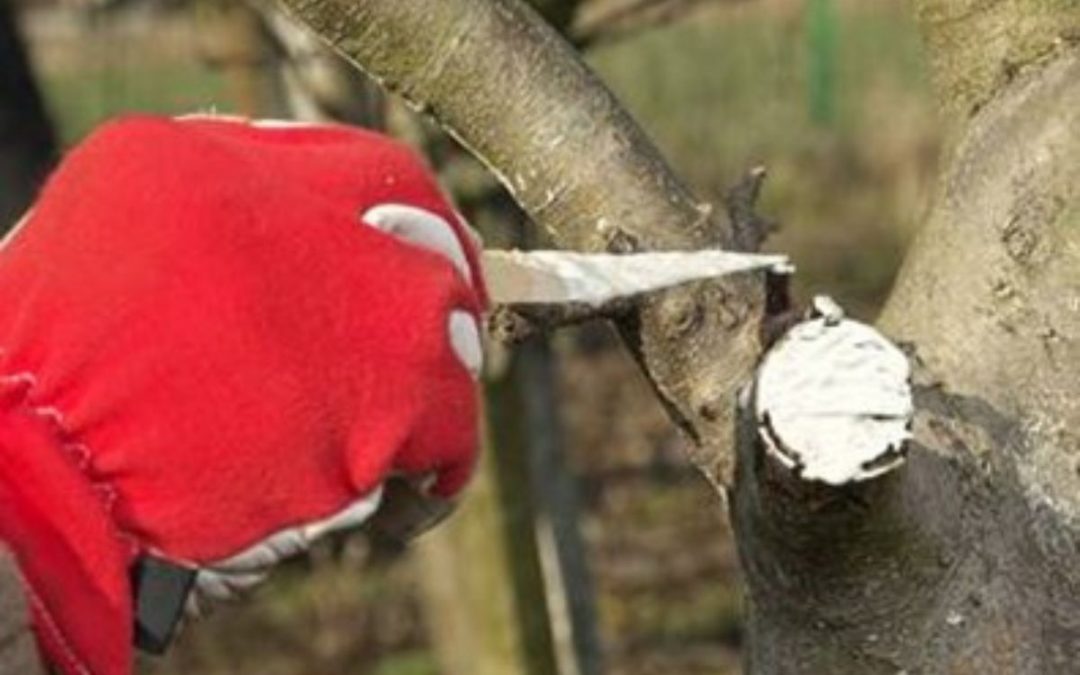One of the most important aspects of tree care is proper pruning. Pruning helps to encourage new growth, remove diseased or damaged limbs, and improve the overall shape of the tree. However, some people are unsure about whether or not they need to seal pruned tree limbs. While sealing is not required, it can help to prevent disease and rot. When sealing pruned limbs, it is important to use a product that is specifically designed for trees. This will ensure that the tree is able to properly heal and prevent any further damage. With proper care, sealed pruned limbs will help to keep your tree healthy and looking its best.
Do you need to seal pruned tree limbs?
All trees require some level of maintenance to promote growth, stay healthy and prevent the spread of disease and pests. Sometimes, this maintenance involves the removal of branches or limbs. But what should you care for your tree after? We answer the burning question of every tree lover – should you use prune sealer on your tree limbs?
What is prune sealer?
Prune sealer is a product applied to the exposed surface of a tree’s limb or branch after cutting. It is intended to cover the wound and help minimise the loss of sap and protect it from disease, pests and fungi.
Do you need to use it?
A common consensus among arborists and other keen gardeners used to be that all three wounds required the application of prune sealer to aid in recovery. However, it is now recommended to avoid using prune sealers on tree limbs or any other tree wounds.
Why avoid prune sealers?
Can prevent healing
The tide changes when it comes to prune sealers. Most scientific researchers and arborists agree that using tar and petroleum-based or any other type of prune sealer can be ineffective and damaging to the tree.
While trees don’t heal a cut like a human would, they have a technique called “compartmentalization” which covers the wound with a wood-like tissue to protect it from infection, insects and pests. Applying prune sealer to a tree wound can interfere with this process and disrupt the tree’s ability to recover from a limb injury. The sealer can also decay and crack over time, which re-opens the wound and makes it vulnerable to disease.
Can attract diseases and pests
Some tree sealers can have the unfortunate side effect of attracting some insects, bacteria and fungi. Disease and pests will feast on the sealer before attacking the wound of the tree and later killing it. This problem is seen with both natural and synthetic sealers, with fungi growing in both aloe and tar-based sealers.
Unhealthy for humans
Prune sealers are also not great for humans, especially synthetic based products. It’s essential to wear eye and skin protection while applying any type of prune sealer products. Sealers can come with some pretty severe side effects including serious skin and eye irritation, exploding under pressure, and can also cause genetic defects and even cancer.
Not economical
As mentioned above, using prune sealer products can create more problems than it solves. You may have to end up cutting off more tree limbs or removing the tree entirely if the tree sealer attracts diseases and decay. It’s best to save yourself money and don’t buy the prune sealer in the first place.
Alternatives to prune sealer
Now that we know using prune sealer isn’t the best choice for you or your tree, what should you use instead? As professional arborists, we know that the right choice is to allow the tree to heal naturally. To do so, you’ll need to ensure that your equipment is correctly cleaned and in the best condition to avoid passing off disease when pruning.
A tree limb can recover after pruning if the cut is done correctly. Pruning close to the tree trunk is recommended, so avoid leaving stubs or ‘coat hooks’. Any trained arborist will carefully prune the tree limb so the wound won’t be at any additional risk of disease or infection from fungi or pests.
The last step is to remove all diseased and dead tree limbs to avoid the spread to the living tree. If using a professional tree removal service like Jim’s Trees, they will dispose of all the remaining green waste.
If you have a tree that needs pruning, get in touch with the friendly team at Jim’s. We’ll ensure that you won’t need to use a prune sealer and that your tree recovers without risk of disease or infection.


